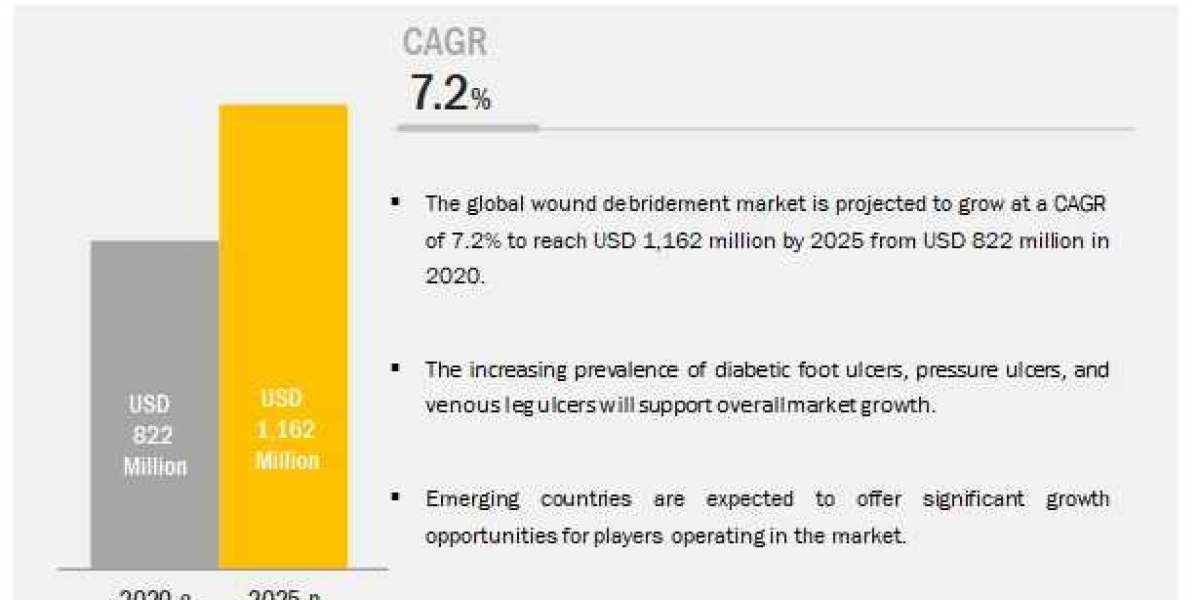Nowadays, mobile apps have become one of the essential parts of daily lives, transforming the way we work, communicate & interact. When you are talking about mobile apps, you can’t ignore the significance of iOS app development in today’s digital revolution. It stands at the forefront of cutting-edge innovation and user-centric design that set a new benchmark for unparalleled user experience. In this blog, we are going to discuss important aspects of iOS app development software and its associated costs in 2024. Let’s dive in.
What is iOS app development?
iOS app development is a process of developing apps that seamlessly run on Apple devices like iPads, iPhones, and iPod Touches. iOS mobile app development mainly involves designing, developing, testing, and deploying apps with the help of Apple's development technologies and tools. Let’s have a look at the key aspects of iOS app development:
- Programming language: For custom iOS application development, Swift is used as the primary programming language. Moreover, Objective-C is also used for iOS development. However, due to top-notch features, performance improvements, and modern syntax, iPhone app development companies mostly prefer using Swift as compared to Objective-C.
- Development environment: Xcode is the official IDE (integrated development environment) of Apple. It offers diverse tools for coding, testing, and debugging iOS applications. Xcode mainly includes several features like Interface Builder to create UI and simulators to test applications on different iOS devices.
- APIs & frameworks: Apple offers a set of unique APIs (Application Programming Interfaces) and frameworks by which app developers can seamlessly create advanced applications. These frameworks help in managing several aspects of iOS development such as networking, data management, multimedia, user interface design, location services, etc.
- UI design: iOS applications follow HIG (Human Interface Guidelines) that offer best practices and design principles to build highly intuitive user interfaces. Interface Builder helps developers create user interfaces by leveraging drag-and-drop tools.
- App distribution: Once you develop your iOS application, you have to distribute it to the users through the Apple App Store. You must adhere to all important industry guidelines of Apple. Apart from that, apps can also be internally within the organizations by using the enterprise distribution process.
Let’s have a look at the top iOS app development software
Name of the software | Developers name | Global ratings | Pricing plans | Top Features |
XCode | Apple | 4.1 | free | Smart source code editor Single window interface Integrated debugging Built-in support for Git version control |
AppCode | JetBrains | 4.3 | 30 days free trial $199/yr | Smart code assistant languages – one IDE Built-in tools Multiple |
CodeRunner | Nitobi | 4.7 | Free $19.99 | Easy code running & execution Advanced code completion First-class text editor Live errors and linting |
Flutter | 4.5 | Free | Fast development Free & open source Native performance Expressive user interfaces | |
BuildFire | BuildFire Js | 4.6 | 14 days free trial | Countless customization Real-time updates Easy custom app platform iOS app development with plugins |
How much does it cost to make an iOS app?
The average cost to develop an iOS app ranges from $10,000 to $2,50,000. This cost varies depending on a number of factors like complexity levels, features, functionalities, development team size, etc. Let’s have a look at the key factors that directly influence iOS app development costs.
iOS app development cost breakdown:
iOS app categories | Development costs | Hourly rates |
Gaming apps | $30,000 to 250,000 | 4 tp 20 months |
Education apps | $10,000 to $80,000 | 2 to 12 months |
Business app | $5,000 to $150,000 | 2 tp 10 months |
Entertainment app | $15,000 to $100,000 | 3 to 15 months |
Travel app | $5,000 to $ 50,000 | 2 to 8 months |
Shopping app | $5,000 to $50,000 | 3 to 8 months |
Social networking app | $10,000 to $60,000 | 5 to 8 months |
Medical app | $30,000 to $90,000 | 2 to 6 months |
Health and fitness app | $10,000 to $250,000 | 1 to 15 months |
- App complexity levels: The app complexity levels including UI design, core features, and backend architecture have a massive impact on overall iOS app development costs. Basic iOS apps with limited functionalities and less complex features cost less to build than apps with complex design features.
- App design costs: Creating a visually appealing and intuitive UI plays a crucial role in app development success. Design costs may include UI/UX design, wireframing, and creating assets like graphics, icons, etc.
- Development time: The time needed to create iOS applications depends on their complexity levels & the skills of the developer’s teams. iOS developers usually charge hourly or provide fixed-pricing options based on project complexities or requirements.
- Backend infrastructure: If your application needs backend servers for storing data or managing user accounts, you have to consider ongoing server maintenance and backend development charges.
- APIs & third-party integration: Integrating APIs and third-party solutions like social media integration, payment gateways, or analytics tools can increase the overall costs of iOS app development. Some iOS solutions require usage-based pricing or subscription fees.
- Testing & QA: Testing the application ensures it perfectly works on multiple iOS devices like iPhones and iPads. Usability testing and quality assurance increase total iOS app development costs.
- Store fees: To launch your app on the Apple App Store, you need to pay an annual fee for membership. In addition, Apple also takes a percentage of total revenue from paid-app downloads and in-app purchases.
- Support & Maintenance: iOS app development is an ongoing process. After you publish your application, you have to consider update releases, ongoing support, and user feedback to improve your app performance. Ongoing support & maintenance can add additional costs.
Final words
No doubt, iOS app development services allow businesses to expand in today’s dynamic digital world by improving user experience and increasing customer success. They are dynamic endeavors that contain a set of technical skills, best practices, and creativity. As Apple continues to innovate cutting-edge technologies and tools, prioritizing the iOS app development trends can be beneficial for developers.



